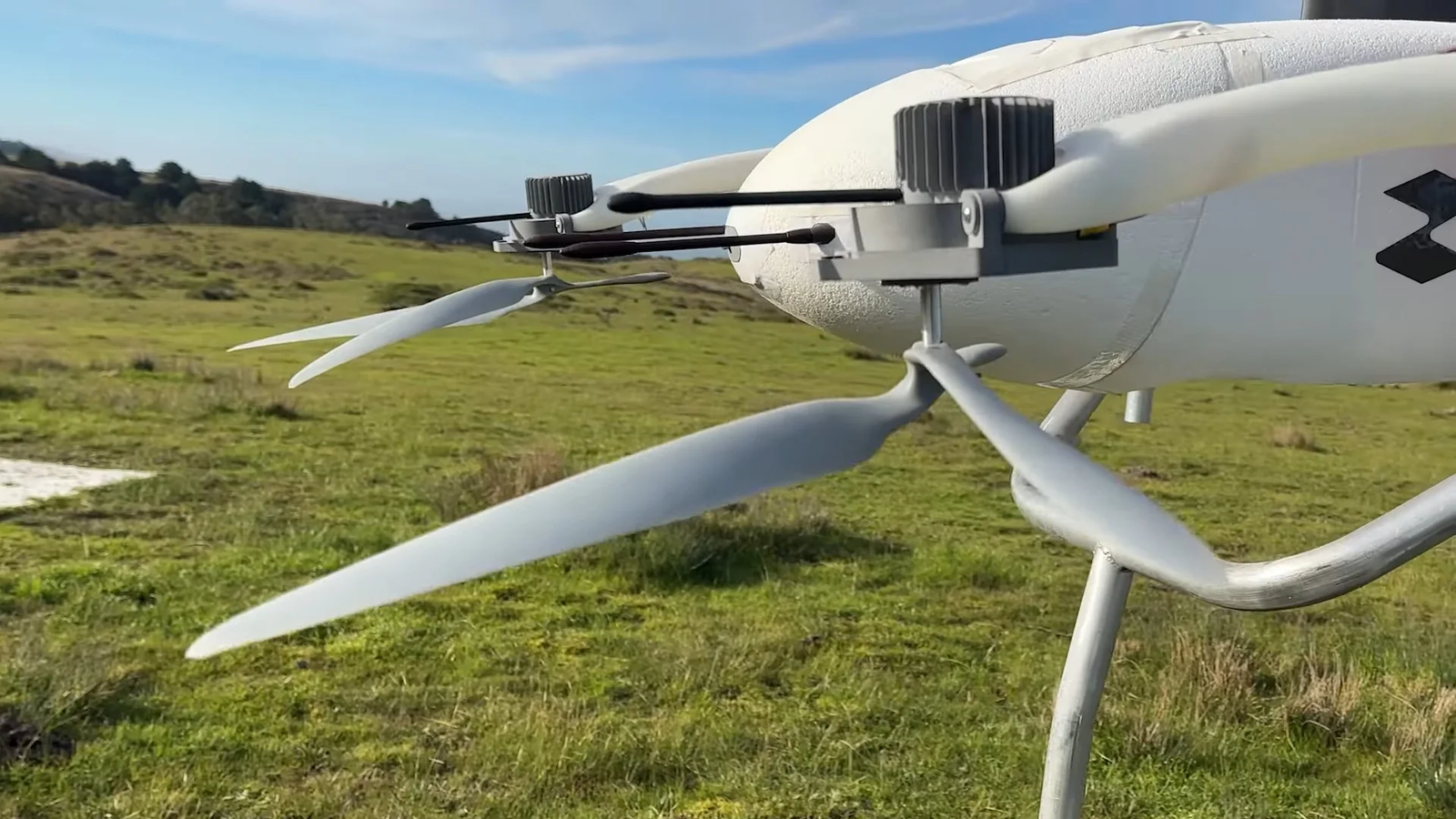
If you’ve been reading the news recently, you may assume drones are all about cinematic blockbuster aerial shots or taking your next pizza to your doorstep. But in 2025, drones are the wild card of choice for the high-stakes game of global security—flying over power plants, military bases, and even presidential golf resorts, leaving governments guessing who is watching and why.

We begin with the strange increase in drone sightings over key infrastructure along the likes of northern Germany and the US East Coast. In Schleswig-Holstein, Germany, authorities have been probing reports of drones flying over a power plant, a university hospital, shipyards, and even the grounds of defense technology provider TKMS. Flying objects of different shapes and sizes were seen, the local Interior Minister Sabine Sütterlin-Waack said, triggering a full investigation. In the US, meanwhile, residents from Maryland to New Jersey have been complaining of strange bright lights and coordinated swarms of drones over sensitive facilities such as Picatinny Arsenal and Naval Weapons Station Earle. Even the governor of Maryland reported seeing “dozens of large drones” over his home, the Center for Strategic and International Studies reports.

So who’s conducting all this flying eavesdropping? Western policymakers are blaming Russia, whose military intelligence (the GRU) has intensified a campaign of subversion and sabotage aimed at transportation, government, industry, and particularly key infrastructure. As reported by Seth G. Jones of CSIS, “Russia is waging an expanding and violent campaign of sabotage and subversion against European and U.S. targets in Europe by Russian military intelligence (the GRU)”. Russian attacks almost doubled between 2023 and 2024, with methods employed ranging from explosives and cyber-attacks to anchors being used to sever undersea cables. The targets? All from pipelines and fiber-optics to defense firms arming Ukraine.

The issue is, detecting and tracing these drones is akin to a game of whack-a-mole in the dark. Old-fashioned radar systems work fine for detecting large planes, but drones, particularly small, agile ones, tend to sneak in undetected or get confused with birds. Even with the latest gadgets such as heat sensors and acoustic networks, officials are having a tough time keeping pace. The FAA’s Remote ID system, intended to function much like a license plate for drones on the digital highway, isn’t going to be much use if operators just shut it down or employ unregistered units. As Clayton Swope of CSIS explains, “the United States has an incomplete picture of drone activity in U.S. airspace, primarily due to the unsuitability of traditional radar to track small, low-flying drones”.

Germany, getting burned by constant drone overflies of military bases and industrial behemoths such as Rheinmetall and BASF, has finally had enough. The federal Cabinet has cleared a draft bill to authorize the Bundeswehr to shoot down drones over sensitive facilities if lives or vital infrastructure are threatened. According to Maximilian Kall from Germany’s interior ministry, “What we are now seeing… is an increasing number of drone flyovers above military installations and critical infrastructure — drones that cannot be countered by police measures alone”. But here’s the catch: the bill still needs parliamentary approval and faces legal scrutiny, thanks to Germany’s strict constitutional limits on military force in domestic settings.

NATO isn’t sitting on its hands either. The partnership has introduced “Baltic Sentry,” a new military operation to enhance the defense of vital infrastructure in the Baltic Sea. The initiative aggregates frigates, maritime patrol planes, and a naval fleet of drones, seeking to protect undersea cables and pipelines from acts of sabotage. As the NATO Secretary General states, recent sabotage caused damage to energy and communication cables, but the alliance is sure that “by working together with all Allies, we will do what it takes to ensure the safety and security not only of our critical infrastructure but of all that we hold dear.”

But here’s where it gets ugly: the legal and operational holes in counter-drone policies are glaring. Across Europe, enforcement authorities typically have no authority to intercept or disable drones, even where overt threats are evident. Stringent aviation safety legislation, privacy statutes such as GDPR, and the lack of harmonizing EU-wide provisions result in drones being able to buzz around sensitive areas with virtual impunity. Germany’s 2025 coalition deal is attempting to bridge these gaps by committing legal powers for law enforcement and national security bodies to identify, track, and counteract unauthorized drones, as well as spending on counter-UAS technology and AI-driven detection technology. France, the UK, Spain, and Italy are launching new legislation, military spending, and operational deployments, but the patchwork of national regulations makes cross-border coordination a nightmare.

Russia, on its part, is calling the EU’s response “hysteria,” saying the union is merely attempting to justify increased military expenditure. The EU’s response is more about increasing defense budgets at the cost of socioeconomic stability, says Vladislav Maslennikov of the Russian Foreign Ministry.

So, what does it all mean for the rest of us? The drone war isn’t merely spy games and sabotage—it’s challenging us to rethink security, privacy, and civil liberties. The government is hurrying to unleash new technology and new powers, but each move raises more questions about surveillance, data protection, and the threat of overreach. As drones become smarter, faster, and more autonomous, the distinction between an innocuous hobbyist and a hostile actor is blurring by the day. The skies above Europe and the US are not only congested—they’re contested, and the fight for dominance is just beginning.
